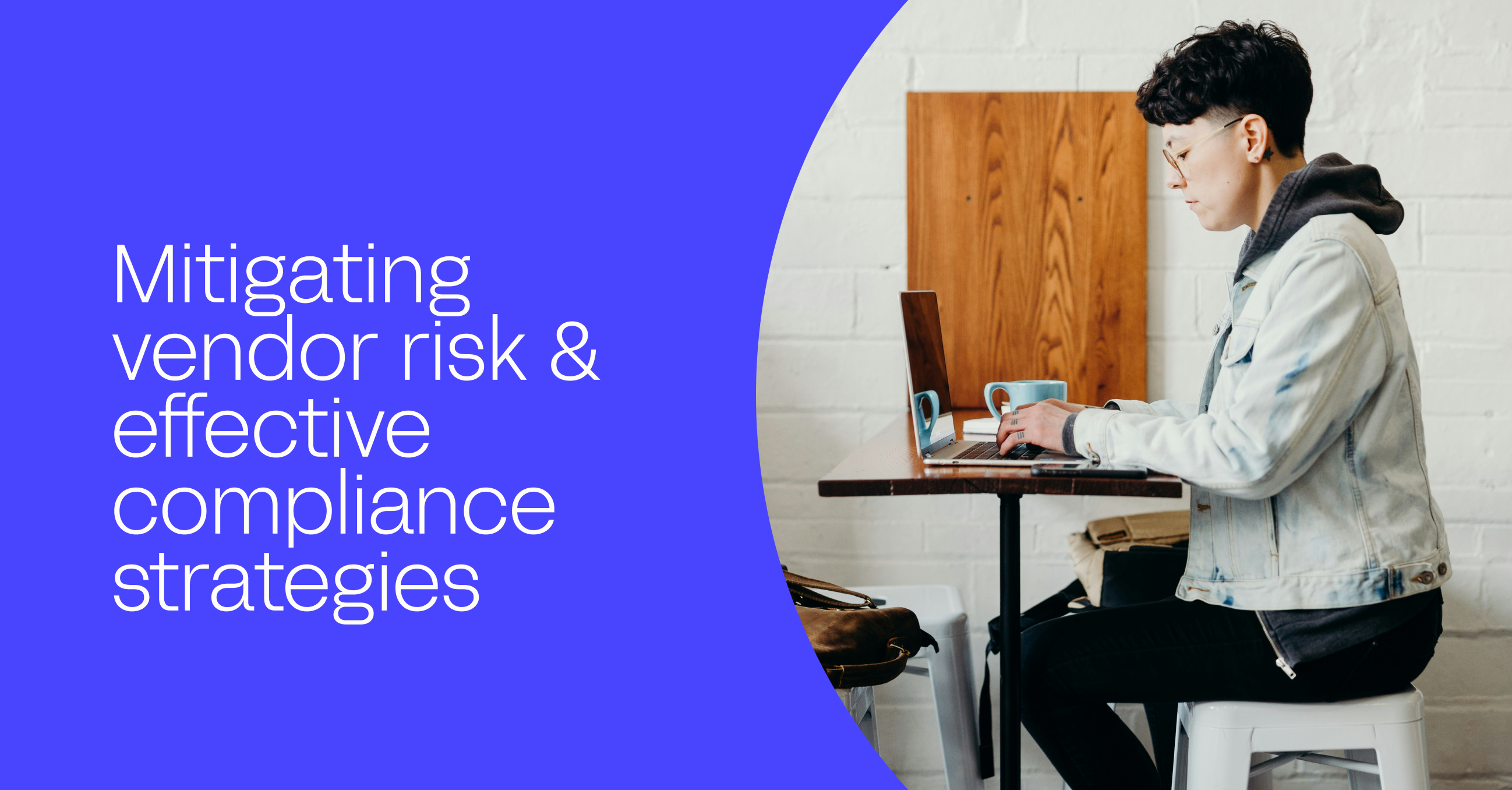How positive pay helps your business
Jo McCann
| April 28th, 2021
Check fraud is shockingly common. It's important to consider options to protect your company.
According to an American Bankers Association study, check fraud was 47% ($1.3 billion) of all industry deposit account fraud. There are many ways to keep your company safe from counterfeit checks through different fraud detection methods, with positive pay being one of them. If you are looking for fraud protection for your company from identity thieves, fraudsters, and over-the-counter fraud, it is worth looking into the positive pay concept.
Fraud losses are a severe issue, and it is a company's responsibility to protect yourself from exposure to criminals. Investing in a fraud-prevention system can give you peace of mind during your transactions regardless of the dollar amount. Positive pay is a great option that many trust and is worth considering to help add security checks against fraudulent items like counterfeit checks.
What is positive pay?
Simply put, positive pay is a type of automated fraud detection technology that many commercial banks offer. There are also ACH positive pay options. It is a form of insurance against any bank liabilities and is considered an automated cash management service. It examines the presented checks for payment with the initial company-issued checks. It will catch if there is even a slight problem and notify the issuer of suspicious transactions. It checks things like the dollar amount of each check to ensure that there isn't any variation or evidence of fraud.
How does positive pay work?
Positive pay works by comparing a file of issued checks from a company to the checks as they are presented at the bank for payment. This document is called a check-issue file. It looks at things like the check amount to look for suspicious items and variations in the checks. Some systems even can check for payee name suspects. There are a couple of steps in the positive pay process to help it run smoothly.
Preventing check and electronic payment fraud
In order to prevent fraud, the automated positive pay system continuously monitors your issued check file against transmitted checks. There are a few ways this technology does this, such as by checking the dollar amounts, check number, and sometimes the payee name. This service is a continual monitoring device, and while often there is a fee, it is similar to the importance of an email blocking scam items. It is there to offer peace of mind and to protect you in case fraud is attempted.
Check verification
If something doesn't seem right, the bank will contact your company. This communication varies from a fax of the image of the exception item to a call during typical Monday to Friday business hours. You can then verify that the check can be accepted and cleared or reject it as a fraudulent check.
Do your business need positive pay?
With over 80% of organizations reporting being targets of a payments fraud attack according to the 2020 AFP Payments Fraud and Control Survey, the second-highest percentage on record since 2009, now is time to act. If your company uses checks, it is essential to consider ways to protect yourself against fraud. Some companies, however, have moved to all virtual payments, in which case this may not be a solution worth investment.
When looking at positive pay as a solution, something to consider is the work involved in creating a check-issue file. It is crucial for your company to get this sent; if the bank doesn't get it, all of the checks you have sent out for the week may be automatically rejected. While this isn't a totally unmanageable task, and some accounting software can assist you with the process, it is something to think about when making the change.
What is reverse positive pay?
There is another version of positive pay called reverse positive pay. This process is often a more budget option that requires more work on the end of your company. In this method, your company has to monitor its own checks through a list presented by the bank. If there is an issue, you must notify the bank if they need to reject a check. The risk with this method is that if you take too long to inform the bank or human error causes your team to miss a fraudulent check, you will still pay out the check amount.
Reverse positive pay can be a good option for companies that don't use a lot of checks. It also is an excellent alternative for a company that doesn't want to pay the potential fees of a positive pay system but has the workforce to handle reverse positive pay. Regardless of what you eventually pick, you can consider both of these solutions to detecting check fraud.
Conclusion
With how common check fraud is, it is essential to protect your company. By taking steps to prevent fraud, you can save your team and your company many headaches in the form of lost money and legal fees. Contact your bank today to see how you can implement positive pay or reverse positive pay and see if your accounting software helps facilitate these systems.
Recommended Reading

Accounting
What is payment automation?
From fraud detection to reducing manual data entry, automation can help your team be more efficient and focus on much more crucial tasks than filing papers.

Accounting
Mitigating vendor risk & effective compliance strategies
In this post, we’ll explore vendor risk management, why it's essential, and provide actionable strategies for effective vendor compliance.
